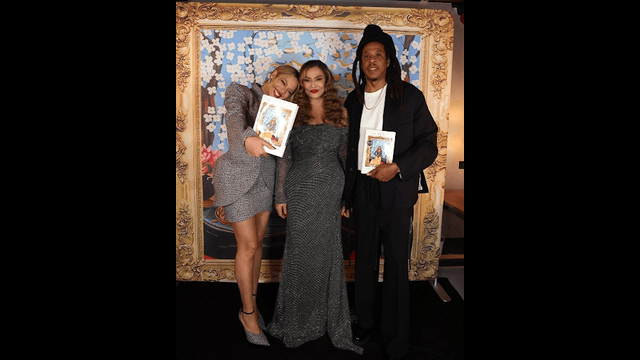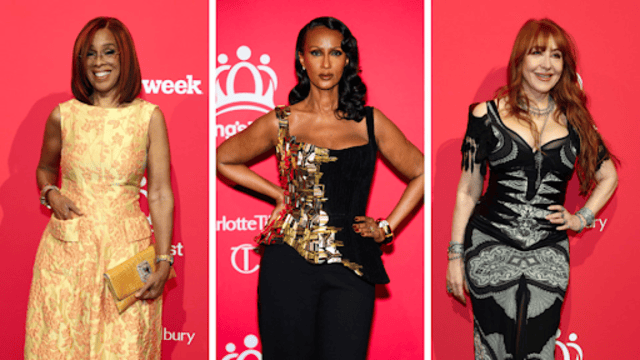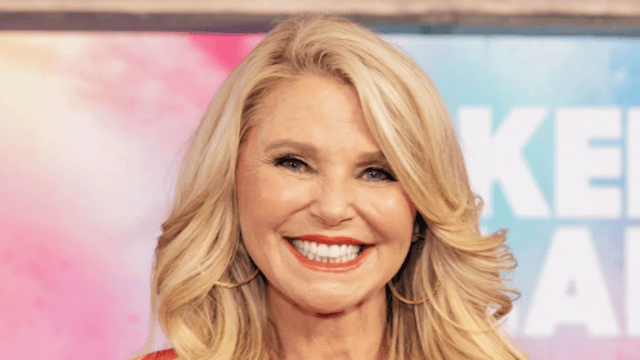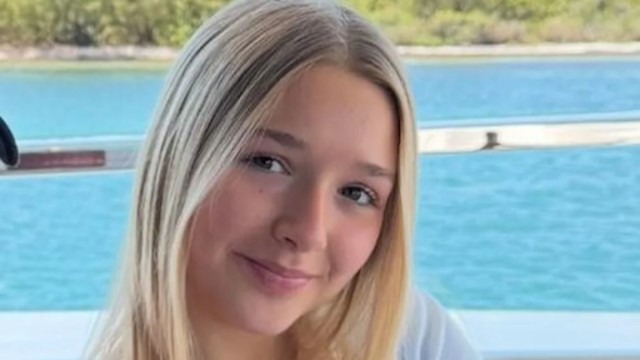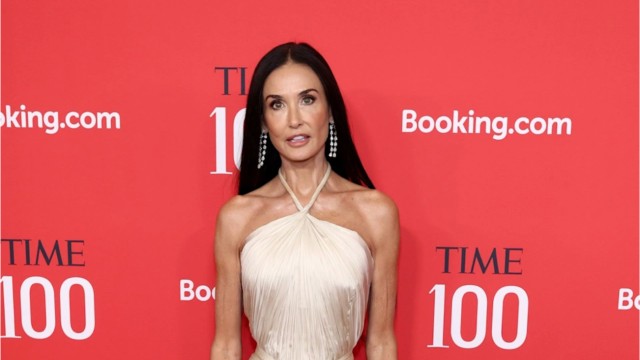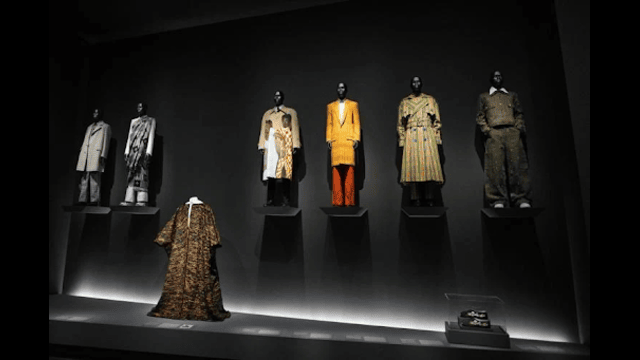
Designs are displayed at the Metropoltan Museum of Art’s Costume Institute exhibition, “Superfine: Tailoring Black Style”, on Saturday May 3, 2025, in New York (AP Photo)
Brooklyn designer Jacques Agbobly was stunned. The email from the Metropolitan Museum of Art felt surreal. Just five years into his fashion career, he was invited to showcase his work at one of the world’s most prestigious events—the Met Gala.
The museum requested two of Agbobly’s pieces for a groundbreaking new exhibit, Superfine: Tailoring Black Style. Overwhelmed with joy and disbelief, Agbobly checked twice to confirm it wasn’t a mistake. Then came the big question: “Can I even tell anyone?”
Agbobly’s journey began in Togo. He watched tailors and seamstresses work from part of his family’s rented home. Years later, after studying fashion in New York, he would watch the Met Gala from a distance—never imagining he’d one day be a part of it.
A First of Its Kind at Met Gala
The Superfine exhibit is historic. It’s the first Met Costume Institute showcase dedicated solely to Black designers—and the first menswear-focused exhibit in more than two decades.
Unlike past exhibits that spotlighted legendary names like Karl Lagerfeld, this year’s show features rising stars like Agbobly. The focus is not just on fame, but on authentic storytelling and fresh perspectives.
“The range is phenomenal,” says Monica L. Miller, guest curator and professor at Barnard College. Her book, Slaves to Fashion, helped shape the show’s vision. She calls it an exploration of Black style across eras and geographies.
Dandyism as a Bold Statement
At the heart of the exhibit is the concept of dandyism. It spans centuries of Black fashion history. For Agbobly, dandyism is about visibility and resistance. It’s about taking up space proudly and fearlessly.
“Dandyism is rejecting the boxes others put us in,” he explains. “It’s showing up as your boldest self.”
The show defines a dandy as someone who “studies above everything else to dress elegantly and fashionably.” It’s organized into 12 unique themes—Ownership, Presence, Distinction, Disguise, Freedom, Champion, Respectability, Jook, Heritage, Beauty, Cool, and Cosmopolitanism.
Clothes That Oppressed—and Empowered
The exhibit begins with a harsh truth. In the “Ownership” section, visitors see livery coats worn by enslaved individuals. One rich velvet coat, adorned with gold thread, was worn by a servant in Maryland. These garments weren’t for the wearers—they were symbols of their owners’ wealth.
A second coat, in tan broadcloth, was worn by an enslaved boy in Louisiana. Despite their beauty, these clothes highlight how fashion was once used to dehumanize.
But fashion also offered power. A shimmering crushed silk outfit by Grace Wales Bonner sparkles with African cowrie shells. A “dollar bill suit” by 3.Paradis features an actual bill stitched to the pocket, questioning the illusion of wealth.
Style as Camouflage and Identity
In the “Disguise” section, 19th-century newspaper ads reveal how enslaved people used fashion to escape. Ads described runaways who loved to dress well, or took large wardrobes with them. These clothes helped fugitives hide—and later, helped them survive in freedom.
One modern piece in this section—a gender-fluid jacket by Off-White—challenges today’s norms just as boldly.
Portraits of Aspiration and Resistance
A series of portraits from the early 1800s show Black men dressed in the finest clothes of the era. Men like William Whipper, an abolitionist and merchant, used fashion to project success. Yet across from them are racist caricatures—showing how quickly pride could be twisted into mockery.
Icons of Respectability: Du Bois and Douglass
The exhibit honors W.E.B. Du Bois as one of the best-dressed men of his time. His tailor receipts, suits, and even laundry slips are displayed. His image mattered as much as his message—he dressed for dignity and global representation.
Nearby, items belonging to Frederick Douglass remind us that he was the most photographed man of the 19th century. His brushed wool coat, monogrammed shirt, top hat, cane, and sunglasses reflect his powerful presence.
Honoring Heritage Through Modern Design
In the “Heritage” section, Agbobly’s pieces shine again. One look is inspired by the colorful bags West African migrants use when relocating. Another—a denim suit with crystals—pays homage to the hair salons of Agbobly’s childhood and his family’s Sunday churchwear.
For Agbobly, sharing these designs with the world is a dream come true. “Everyone knows about it,” he says. “If I could scream from a mountaintop, I would.”
The Exhibit Opens to the Public May 10
The Superfine exhibit is more than a showcase of style. It’s a powerful celebration of identity, history, and rising voices in Black fashion. It marks a new chapter—one that welcomes emerging talent while honoring centuries of resilience.


